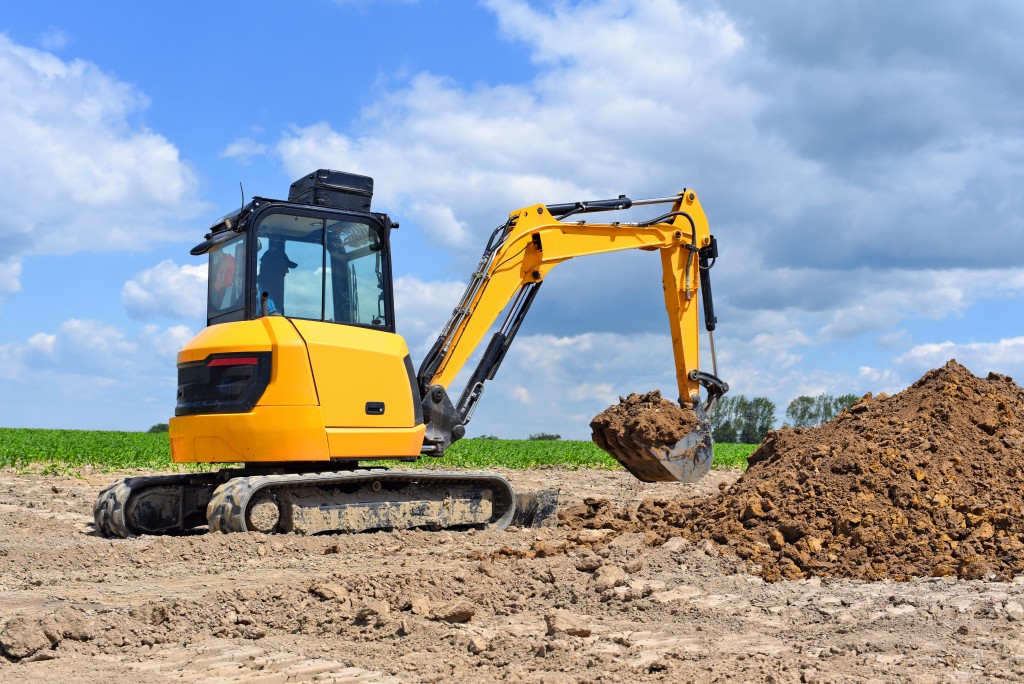Disclaimer: This website provides health information for educational purposes only and is not a substitute for professional medical advice, diagnosis, or treatment. Always seek the guidance of a qualified healthcare provider with any questions you may have.
The construction of buildings or civil engineering components like roads and bridges generally begins with an inspection of the construction site. This encompasses getting specifics on the soil’s composition and the site’s gradient. Steep inclines and loose soil can affect the structural integrity of your structure and lead to its collapse or sinking. Site excavation is the first step toward ensuring that you have a site with a uniform density and level ground before you pour your foundation and sink piles.
A hydraulic machinery repair company in Utah should be on your speed dial when excavating your site since your machinery might break down anytime. The repair experts will avert costly downtimes in your construction. There are different methods used for site excavation, but they will not all suffice for those looking for deep digging and a dense and stable area that can support massive constructions. Here are the methods used for deep excavation:
Open Cut Excavation
This is further categorized into cantilever and sloped methods. Sloped excavation is considered economical since your excavation’s sides will be sloped and you will not construct a foundation wall. On the other hand, during cantilever excavation, should have retaining walls built to prevent the collapse of your foundation wall since the excavation sides are straight.
Bracing Excavation
This involves the installation of horizontal struts at the front of your retaining wall so that you hold the excavation wall in place. The bracing system used in this instance will have center posts, corner and end braces, and struts. The earth pressure will be transferred to the horizontal struts through the wale, while the end and corner braces will reduce the wale span without increasing the number of your struts. The center posts are meant to prevent the failure of your struts by their weight.

Anchored Excavation
Here, you will use anchors to counteract the earth’s pressure. The bonded part of your anchors will generate the anchoring force that holds the earth’s pressure, while the unbounded portion will transfer the earth’s load to the anchored heads. The anchoring force in this method of excavation for deep foundations primarily depends on your soil’s strength. The anchored excavation technique is, however, not ideal for sites with granular and clay soils coupled with high water tables.
Island Excavation
In this option, you will dig the center of your construction site and place the excavated material close to your retaining wall to make a slope. The significant portion of your structure will be constructed at the excavation’s center and struts placed between your primary structure and the retaining wall. Afterward, the struts are removed and your remaining structure’s parts constructed. You might need to use the bracing or anchoring technique to remove the sloped material if your excavation is too deep.
Your choice for your foundation’s construction depends on several factors. Your construction budget and timeframe, the condition of adjacent buildings, and the foundation types of your neighboring structures are some of them. Take time to pick a technique that suits your construction to guarantee your construction’s integrity or durability.




